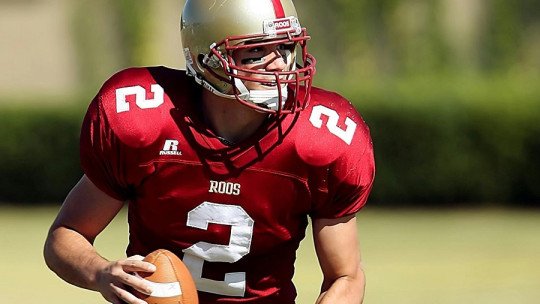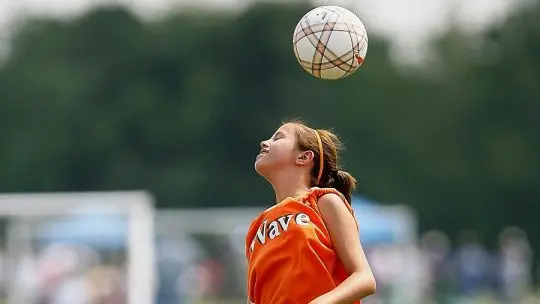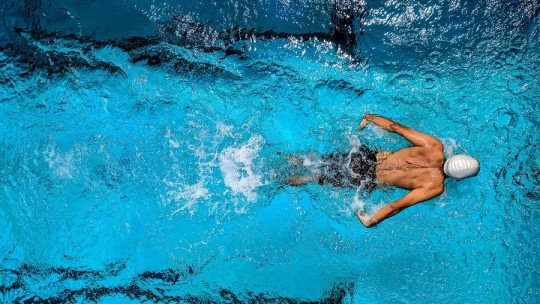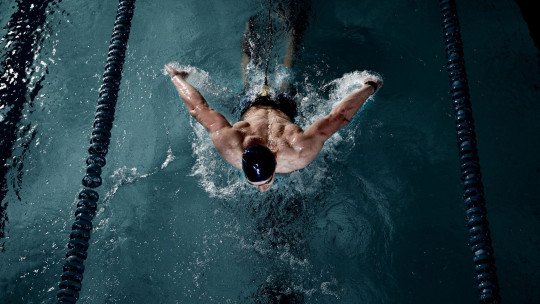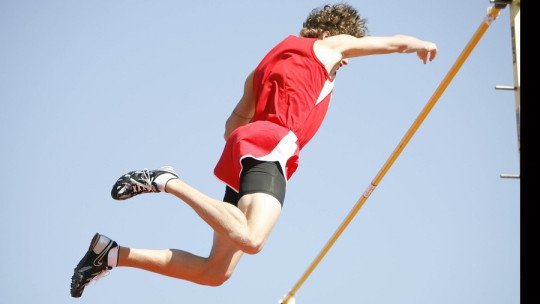In the field of sports, perfectionism manifests itself as the obsessive pursuit of impossibly high standards and constant critical self-evaluation. Perfectionist athletes tend to set unattainable goals, creating additional pressure on themselves. This mentality is characterized by the need to avoid mistakes at all costs, which can generate constant anxiety and tension.
Perfectionism in sports manifests itself in two main ways: social and personal perfectionism. The first arises from external pressure, such as expectations from coaches, teammates, or even fans. The second originates from the internal expectations of the athlete himself. Both types can have significant consequences on performance and psychological well-being
Characteristics of perfectionism in sports include extreme self-demand, fear of failure, and the tendency to evaluate performance rigidly, categorizing performances as perfect or total failures. These attitudes, although driven by the desire for excellence, often lead to a cycle of constant dissatisfaction and can become an obstacle to growth and continuous improvement in the sporting field.
Understanding these dynamics is essential to effectively address perfectionism and encourage a more balanced and healthy approach to sports performance. In this article, we are going to reflect on perfectionism in sports competitions, analyzing its consequences and proposing some keys to reduce its negative impact.
Consequences of perfectionism on performance
Perfectionism in sports can have profound consequences on the physical and emotional performance of athletes. The constant pressure to meet unrealistically high standards can translate into a number of negative effects.
1. Anxiety
First, perfectionism can lead to excessive anxiety before and during competition. Perfectionist athletes often fear making mistakes, which can result in paralysis or hasty decision making during gameplay This anxiety can affect concentration and execution of learned skills.
2. Loss of trust
Additionally, perfectionism can undermine self-confidence. Critical self-evaluation and constant comparison to unrealistic standards can undermine athletes’ self-esteem, creating doubts about your abilities and achievements This can have a direct impact on motivation and persistence in the face of challenges.
3. Avoidance of competitiveness
Another detrimental effect is the tendency to avoid competitive situations for fear of failure. Perfectionist athletes may withdraw from competitions or avoid new challenges to avoid the possibility of not meeting their high expectations.
Keys to confront perfectionism
Next, we are going to offer you a series of resources and tools that can be useful to confront perfectionism in the field of sports. Keep in mind that each person is different and needs different strategies to get what they want. Adapt these types of resources to your feelings and thoughts to carry out everything that best suits you.
1. Set realistic goals
A fundamental key to facing perfectionism in sports is learning to set realistic and achievable goals. Instead of pursuing absolute perfection, Athletes should break down their goals into smaller, more manageable goals These goals provide measurable milestones, allowing you to celebrate achievements along the way. Setting realistic goals not only reduces self-imposed pressure, but also encourages a positive mindset, contributing to continued and sustainable development in the sporting field.
2. Focus on the process, not just the result
Changing the perspective towards the continuous improvement process is essential to overcome perfectionism. Instead of obsessing exclusively about the end result, athletes should focus on daily efforts, preparation, and skill execution.
Valuing personal progress and learning from each experience contributes to a healthier mindset Enjoying the sporting journey, with its ups and downs, fosters resilience and reduces the pressure associated with the relentless pursuit of perfection.
3. Practice positive self-evaluation
Developing the ability to constructively evaluate performance is crucial in the fight against perfectionism. Practicing positive self-evaluation involves recognizing successes and efforts, even in challenging situations. Separating sports performance from personal self-esteem allows you to learn from mistakes without punishing yourself. Cultivating a growth mindset by identifying areas for improvement contributes to continued development. Positive self-evaluation not only strengthens self-confidence, but also promotes a resilient attitude towards sporting challenges.
4. Learn to deal with pressure
Mastering techniques to deal with pressure is essential in managing sports perfectionism. Implementing stress management strategies, such as deep breathing and positive visualization, provides tools to stay calm in critical moments. Changing the perception of pressure as an exciting challenge rather than a threat contributes to smoother performance Additionally, developing pre-competitive rituals helps create a mental environment conducive to success. By learning to embrace pressure as an integral part of sport, athletes can boost their performance and reduce the burden associated with perfectionism.
Addressing perfectionism in sports is essential for healthy performance. By setting realistic goals, focusing on the process, practicing positive self-evaluation, and learning to manage pressure, athletes can free themselves from unrealistic expectations. By adopting these keys, they not only improve their performance, but also cultivate a resilient mentality and enjoy the sporting process. Addressing perfectionism is not only beneficial for performance, but also contributes to the emotional well-being and comprehensive development of athletes.

